What do you know about
Poison?
Test your knowledge on poison by taking this quiz!
Organisms use poisons to survive. Some use poison to capture prey. What’s another way they use poison?
to attract a mate
to defend themselves
to mark their territory
ANSWER: to defend themselves
Poisons can protect an organism from getting eaten. In the natural world, poisons are just one of many tools of survival.
Which of the following can be poisonous?
plants and animals
plants, animals, and bacteria
plants, animals, bacteria, and minerals
ANSWER: plants, animals, bacteria, and minerals
Poisons are found in all kinds of living things, including fungi. Non-living substances can be poisonous too, such as minerals like mercury and lead and radioactive elements like radium and uranium. Even minerals like salt can be poisonous in large enough doses.
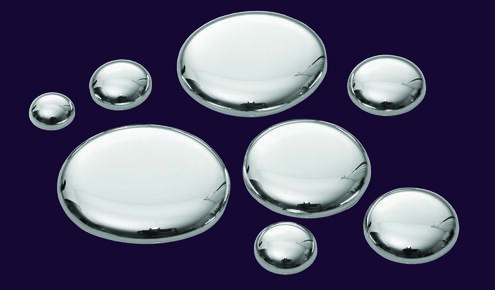
Which disease is caused by mercury poisoning?
mad hatter disease
malaria
measles
ANSWER: mad hatter disease
From the 1700s through the early 1900s, hat-making factories used a poisonous compound containing mercury . Long-term exposure caused insane or “mad” behavior like tremors and extreme irritability—similar to the Mad Hatter’s in Alice’s Adventures in Wonderland.
A substance may be harmless to one species and poisonous to another. Which substance is poisonous for dogs?
chicken
chocolate
oatmeal
ANSWER: chocolate
Chocolate may be a treat for humans, but it can be deadly for dogs! Theobromine is the ingredient in chocolate that gives humans a pleasant boost. For dogs, theobromine causes seizures and vomiting.
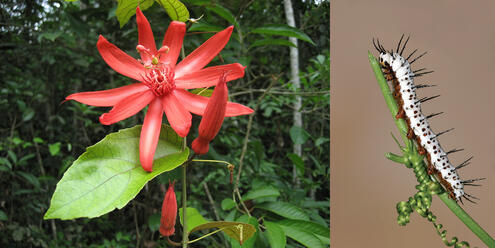
The leaves of the passionflower are poisonous. When longwing caterpillars eat the leaves, they:
die from the poisons
get sick from the poisons
survive and become toxic butterflies
ANSWER: survive and become toxic butterflies
Longwing caterpillars have evolved the ability to eat passionflower leaves. Their bodies chemically change the poison in the plant before it can harm them. The poison stays in the caterpillar’s body—even when it becomes a butterfly—and protects them from predators.
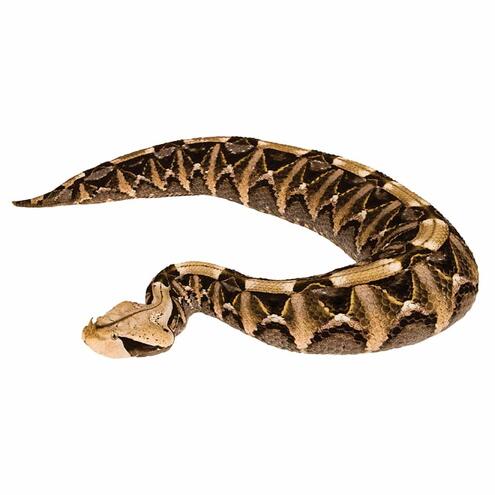
How do poisonous snakes like the Gaboon viper get their poison?
by eating poisonous plants
by eating poisonous animals
by making their own venom
ANSWER: by making their own venom
Some poisonous animals get their poison through their diet, but most, like snakes, have special glands to make their own poison. These animals also have something sharp to inject the venom, like fangs, stingers, or spines.
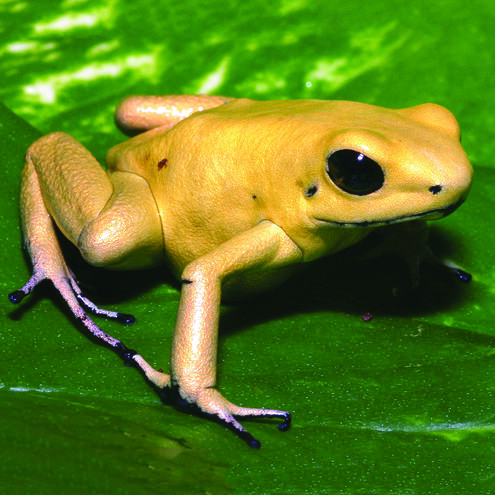
Many poisonous animals like the golden poison frog are brightly colored to:
warn predators
hide from predators in colorful surroundings
attract mates
ANSWER: warn predators
Bright colors or markings warn or repel predators, which protects both the prey and the predator! This kind of coloration, called aposematism, is the opposite of camouflage.
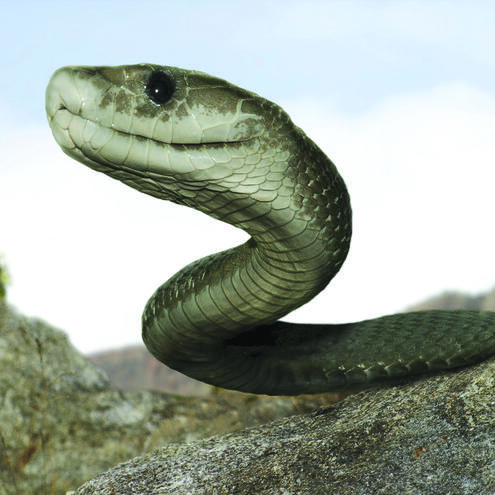
Most poisonous snakes deliver venom with different kinds of toxins. Each poison affects the body in different ways. Hemotoxins attack the:
blood
muscles
nerves
ANSWER: blood
Hemotoxins are blood poisons. The hemotoxin in viper venom prevents blood from clotting, so the victim bleeds uncontrollably. For this same reason, viper venom has also led to anti-clotting drugs that keep a patient’s blood flowing.
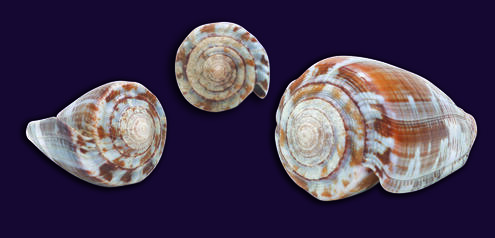
Cone snails produce a neurotoxin that can paralyze prey by affecting nerve cells. These same toxins can be used as:
antibiotics
pain relievers
pesticides
ANSWER: pain relievers
By blocking signals in the nervous system, these neurotoxins can relieve pain. Cone snail toxins are also being studied to develop potential medicines for epilepsy, Alzheimer’s, and Parkinson’s disease.
Some of the “magical” effects of potions in myths and fairy tales could be explained by actual poisons. What kind of poison could explain Snow White’s “sleep”?
a poison that causes paralysis
a poison that causes feelings of flying
a poison that causes hallucinations
ANSWER: a poison that causes paralysis
Poisons in pufferfish and snakes can cause temporary paralysis, making it impossible to move a muscle.
You might also like...
Image Credits:
background pattern, © AMNH / Amanda Zaldivar; mercury droplets, © Shutterstock; passionflower, © Shutterstock; zebra longwing butterfly caterpillar, © SuperStock/AGE; golden poison frog, © AMNH / T. Grant; black mamba, © H. Schmidbauer/Blickwinkel/AGE Fotostock; cone snails, © AMNH / C.Chesek.




 Biodiversity
Biodiversity
 Brain
Brain
 Genetics
Genetics
 Marine BiOLogy
Marine BiOLogy
 MicrobiOLogy
MicrobiOLogy
 PaleontOLogy
PaleontOLogy
 ZoOLogy
ZoOLogy
 AnthropOLogy
AnthropOLogy
 ArchaeOLogy
ArchaeOLogy
 Astronomy
Astronomy
 Climate Change
Climate Change
 Earth
Earth
 Physics
Physics
 Water
Water
